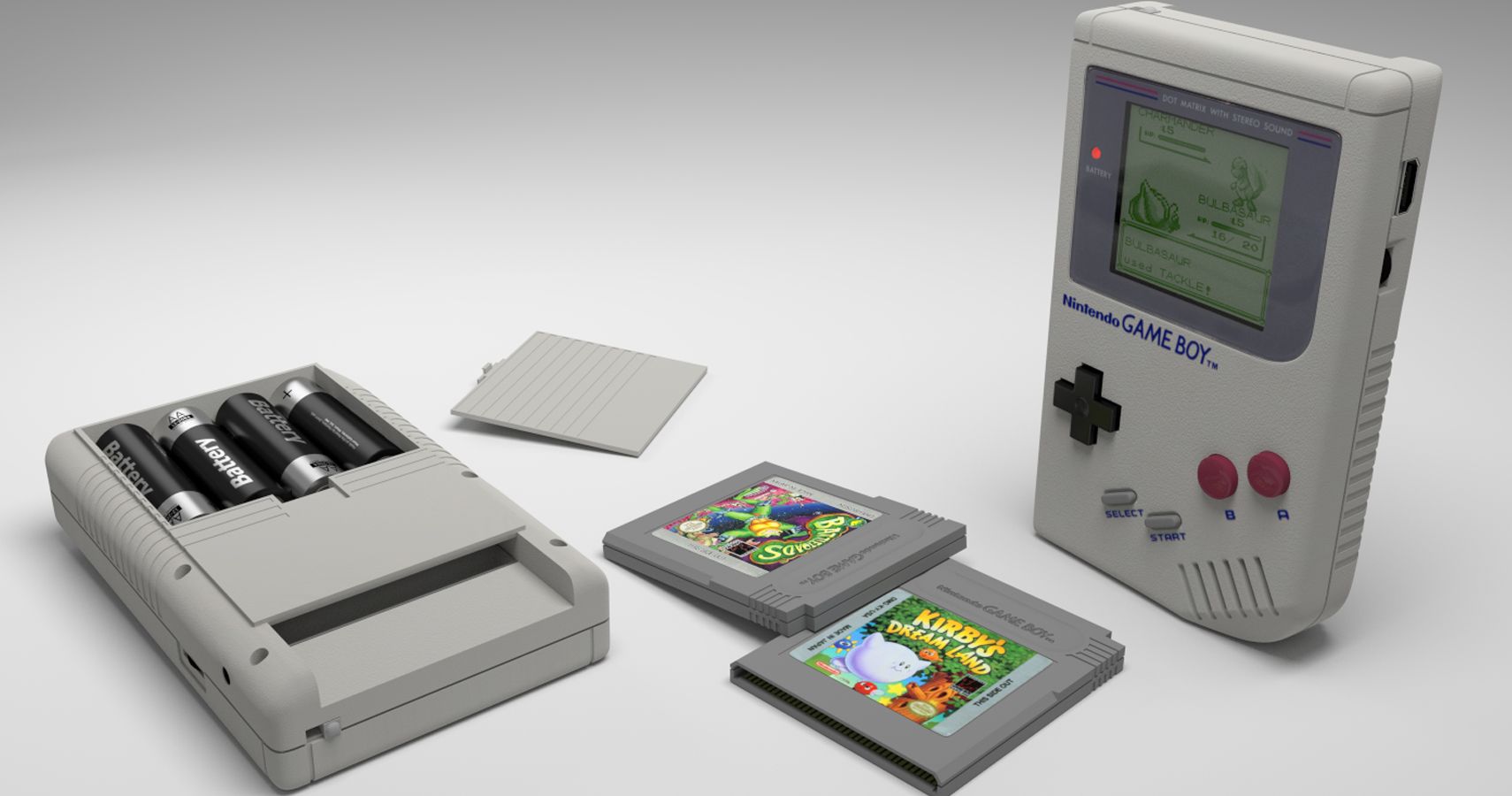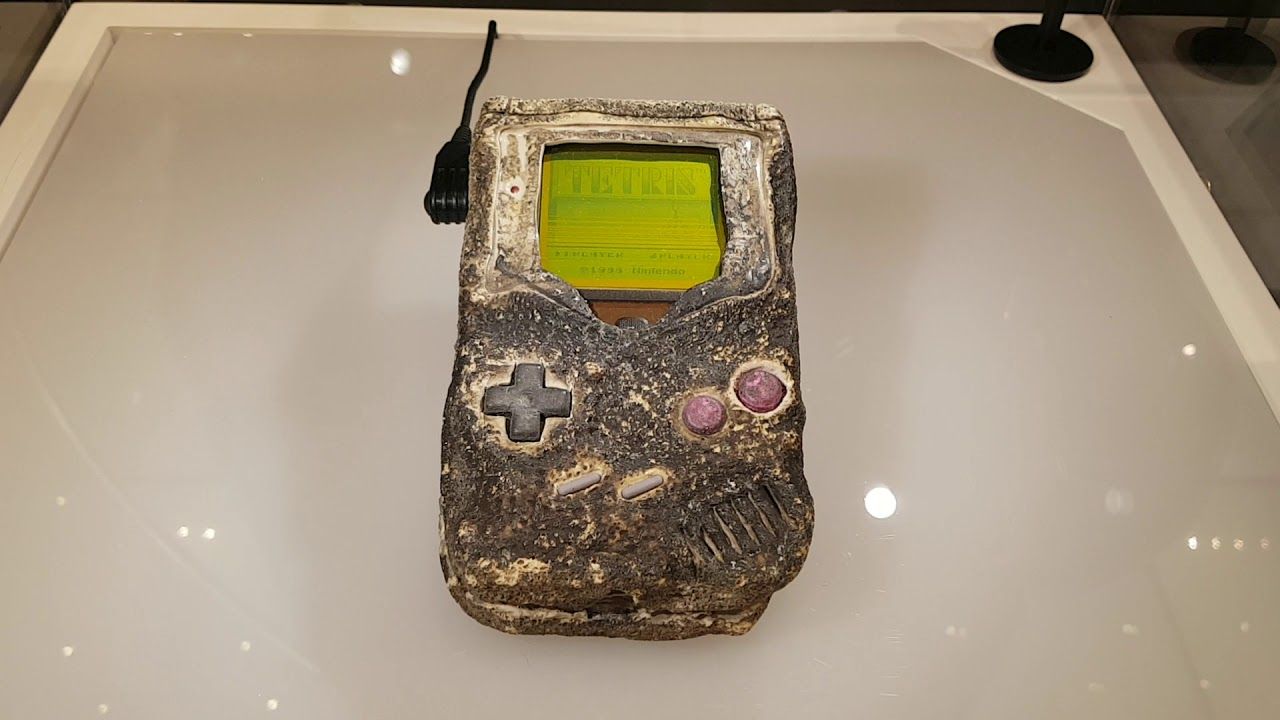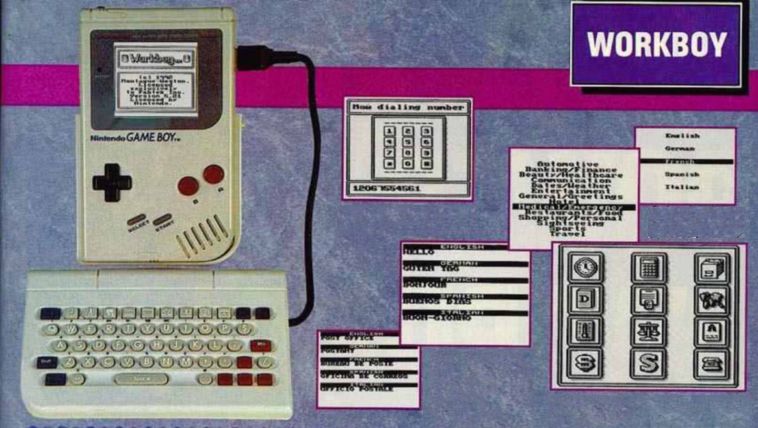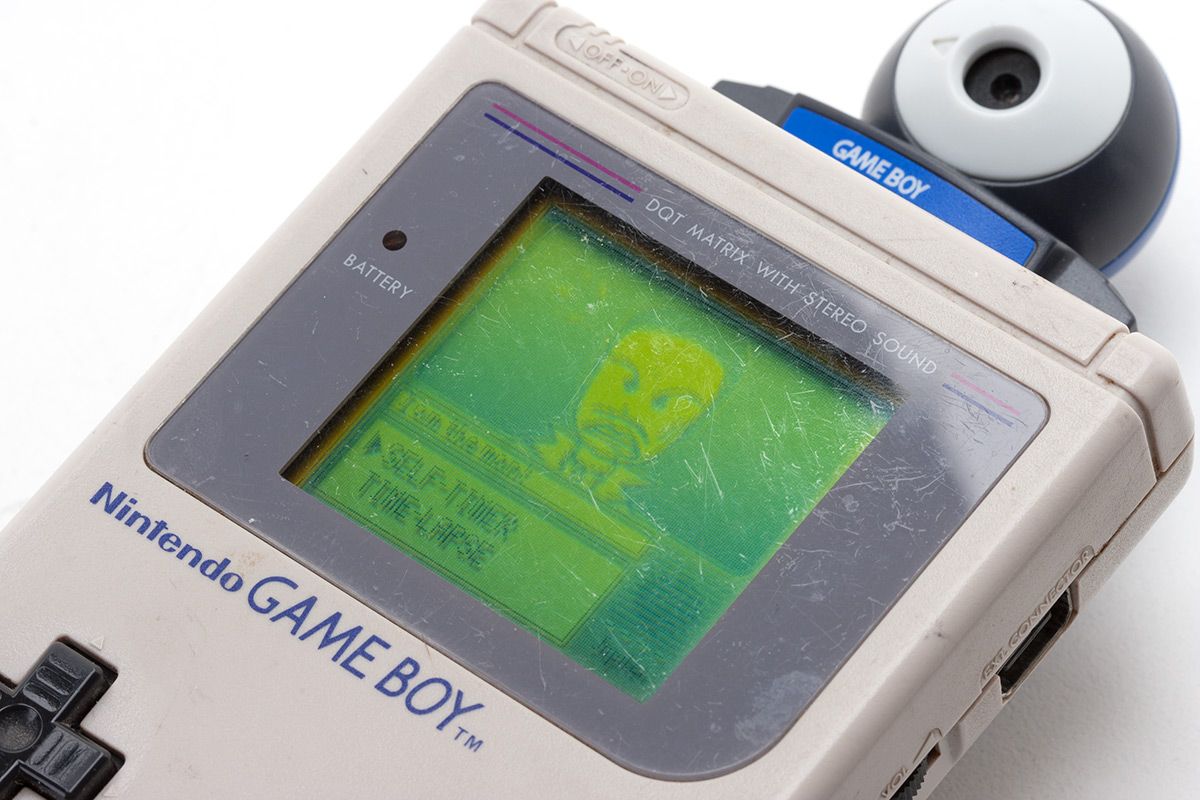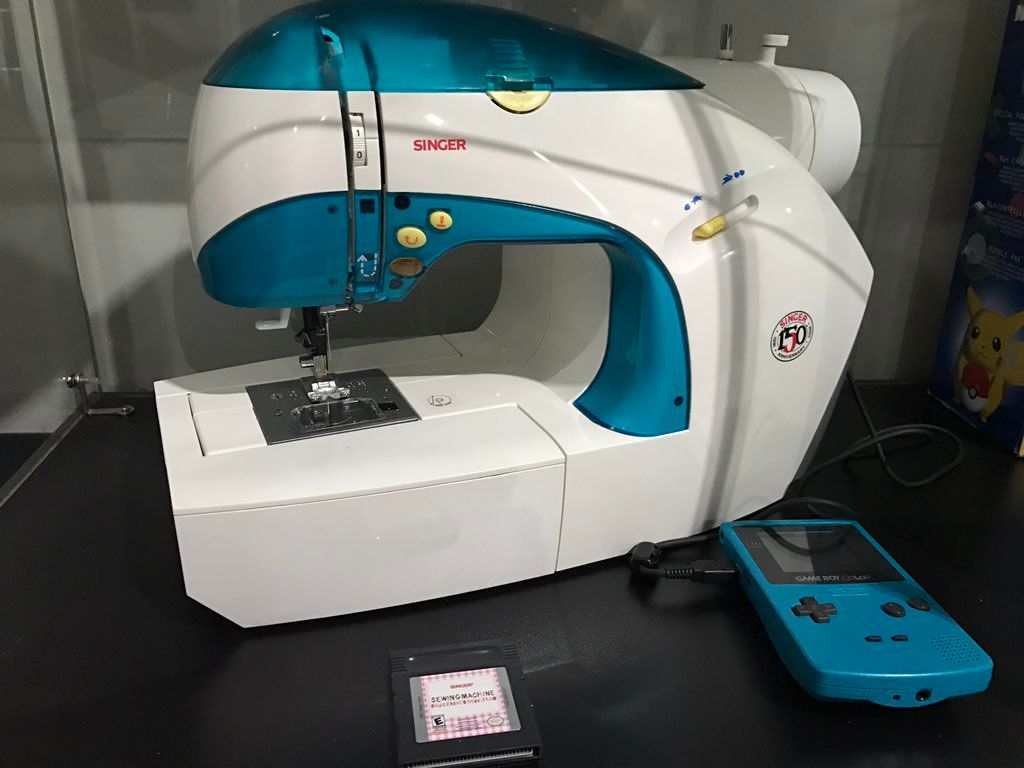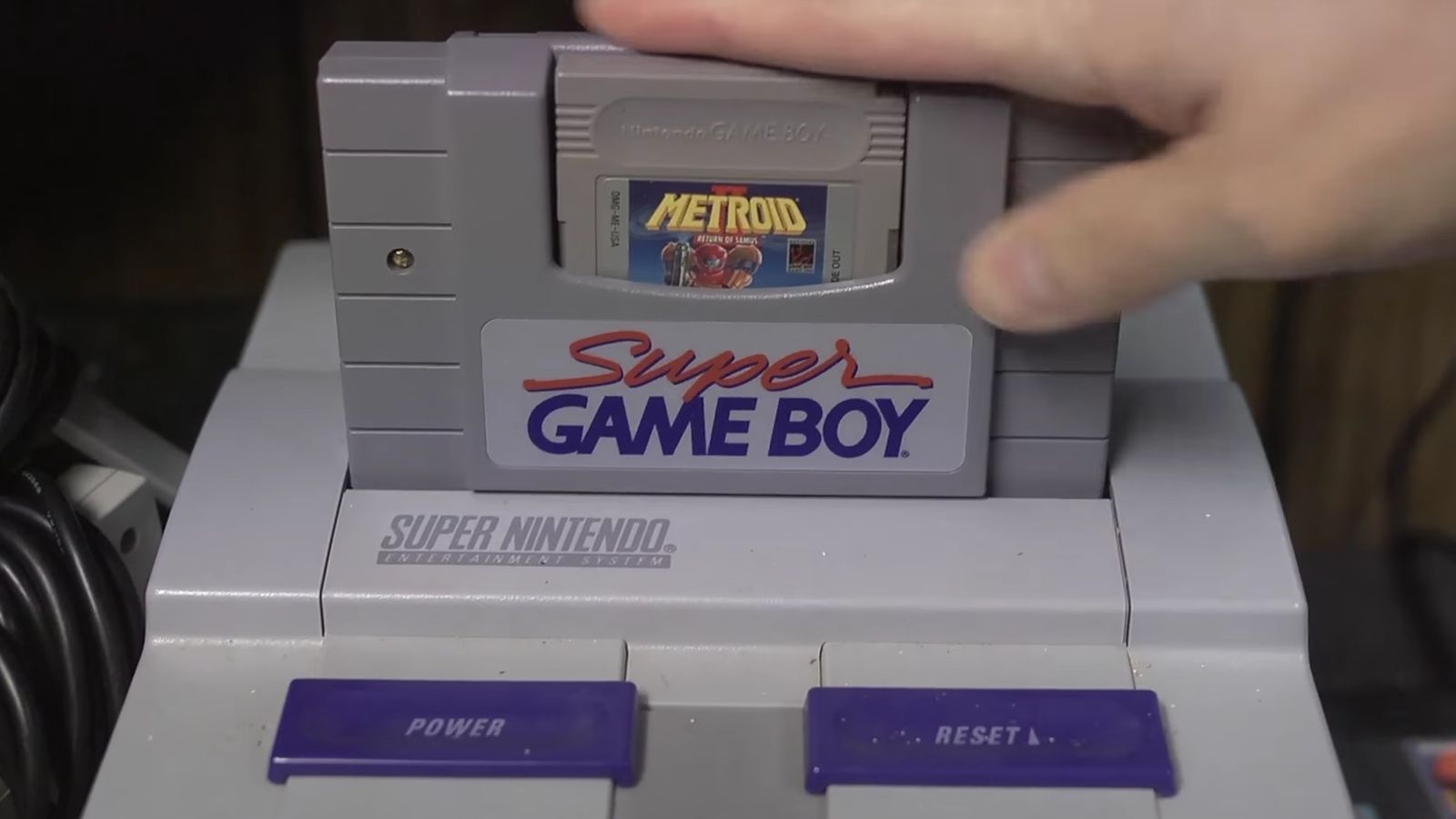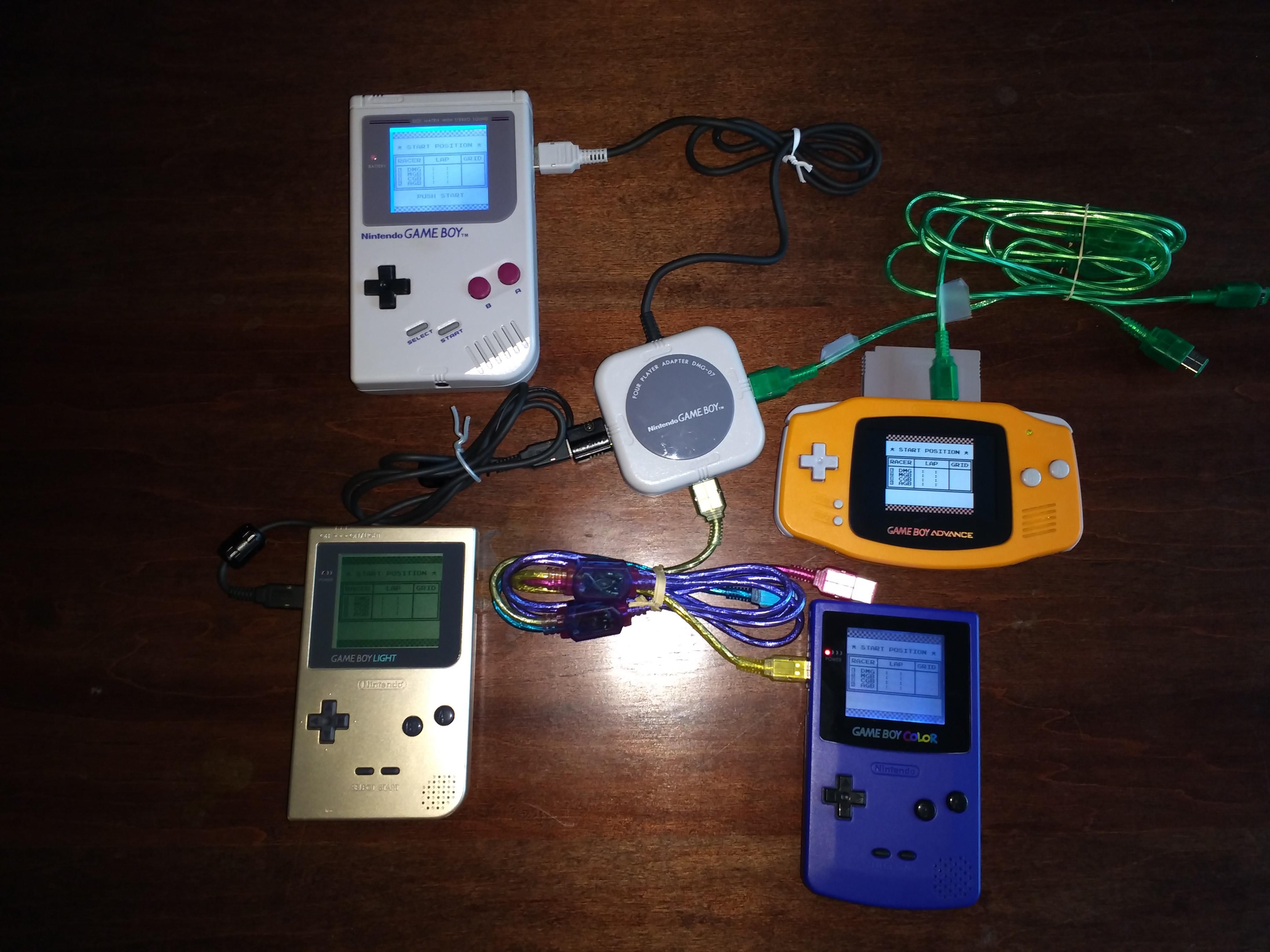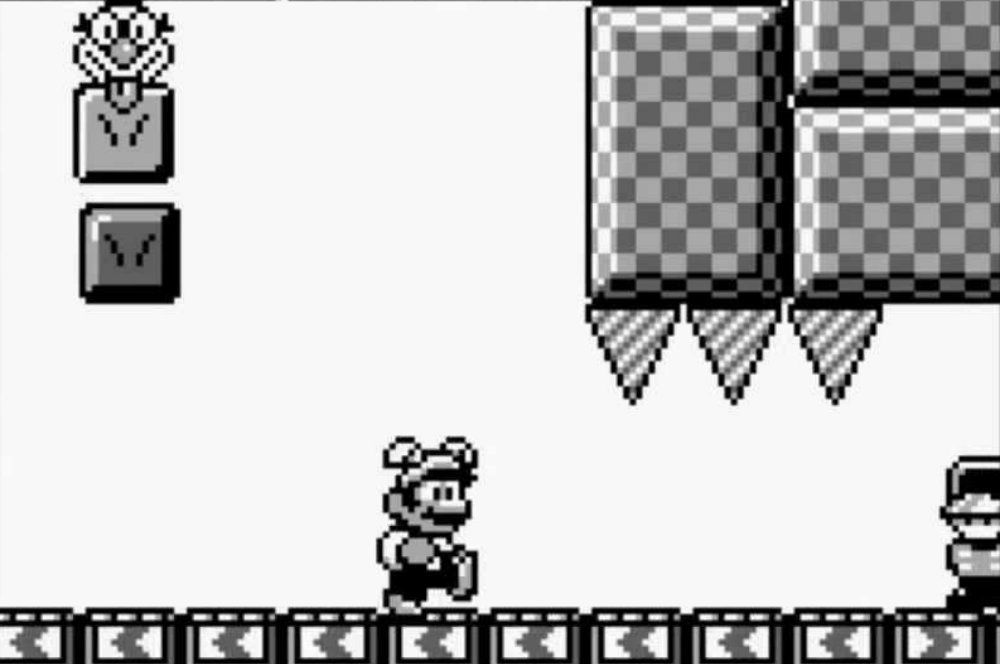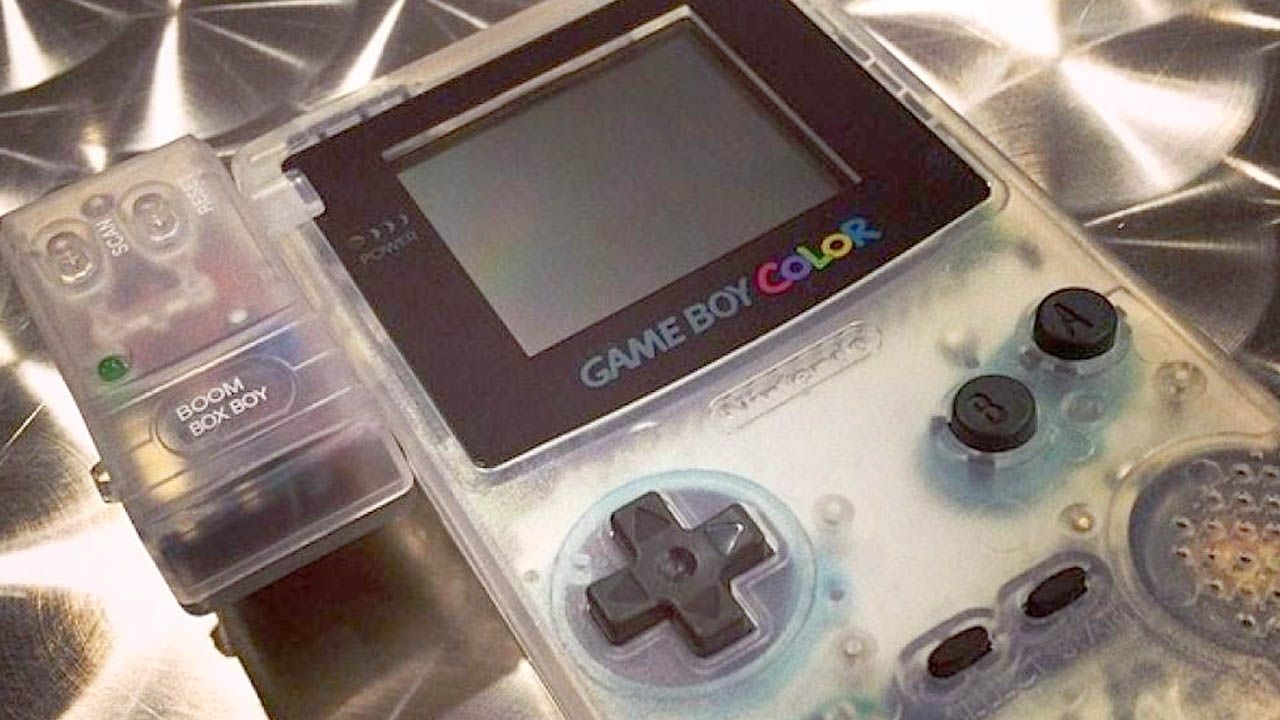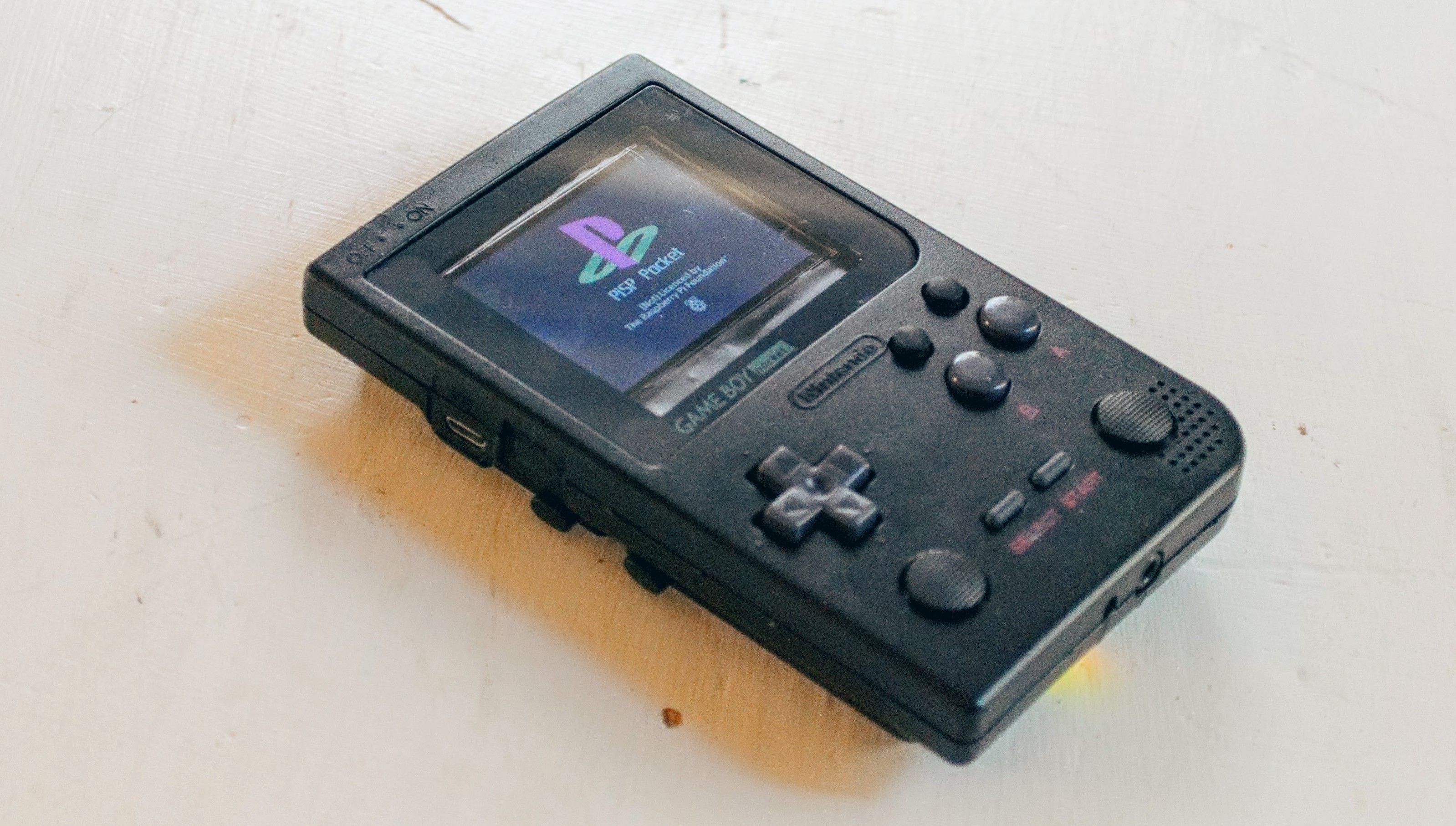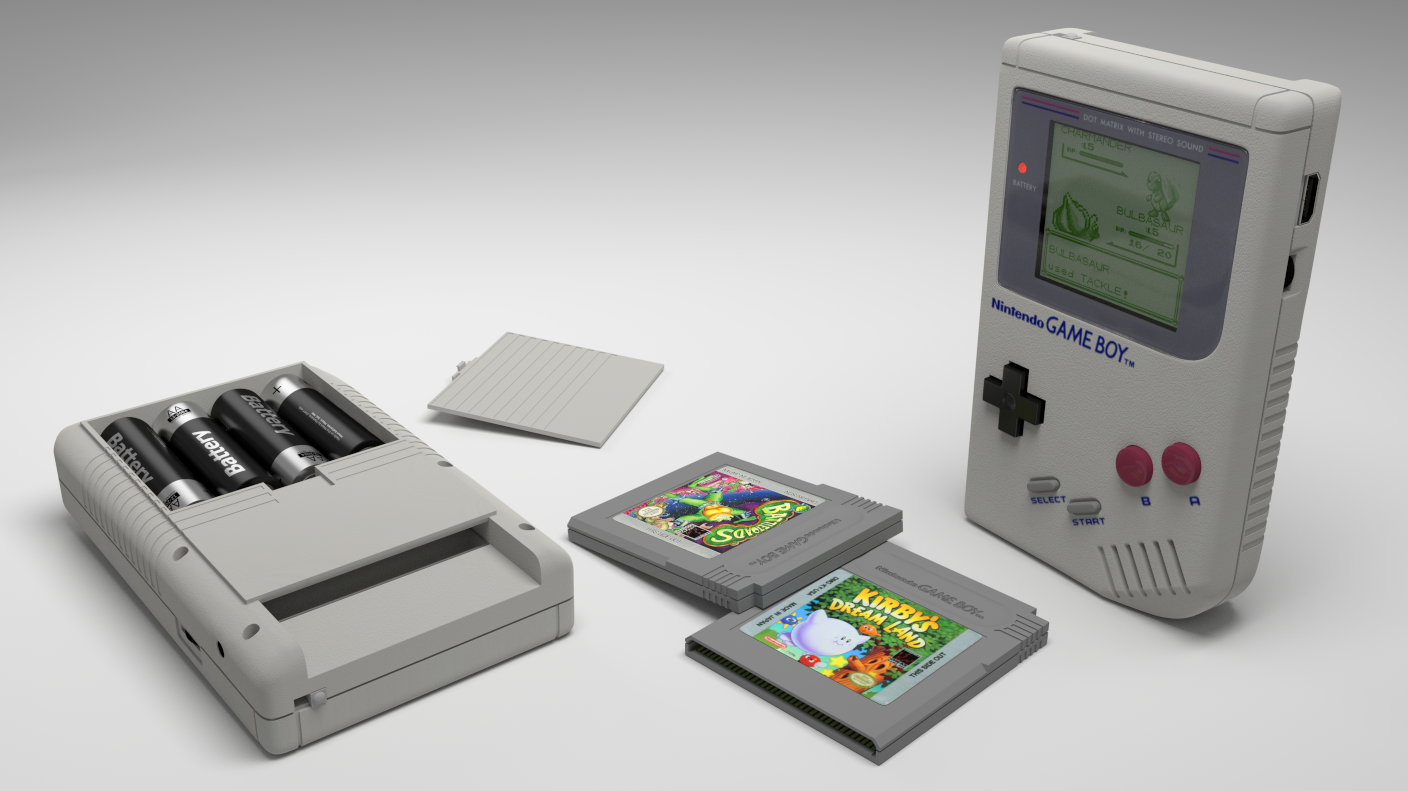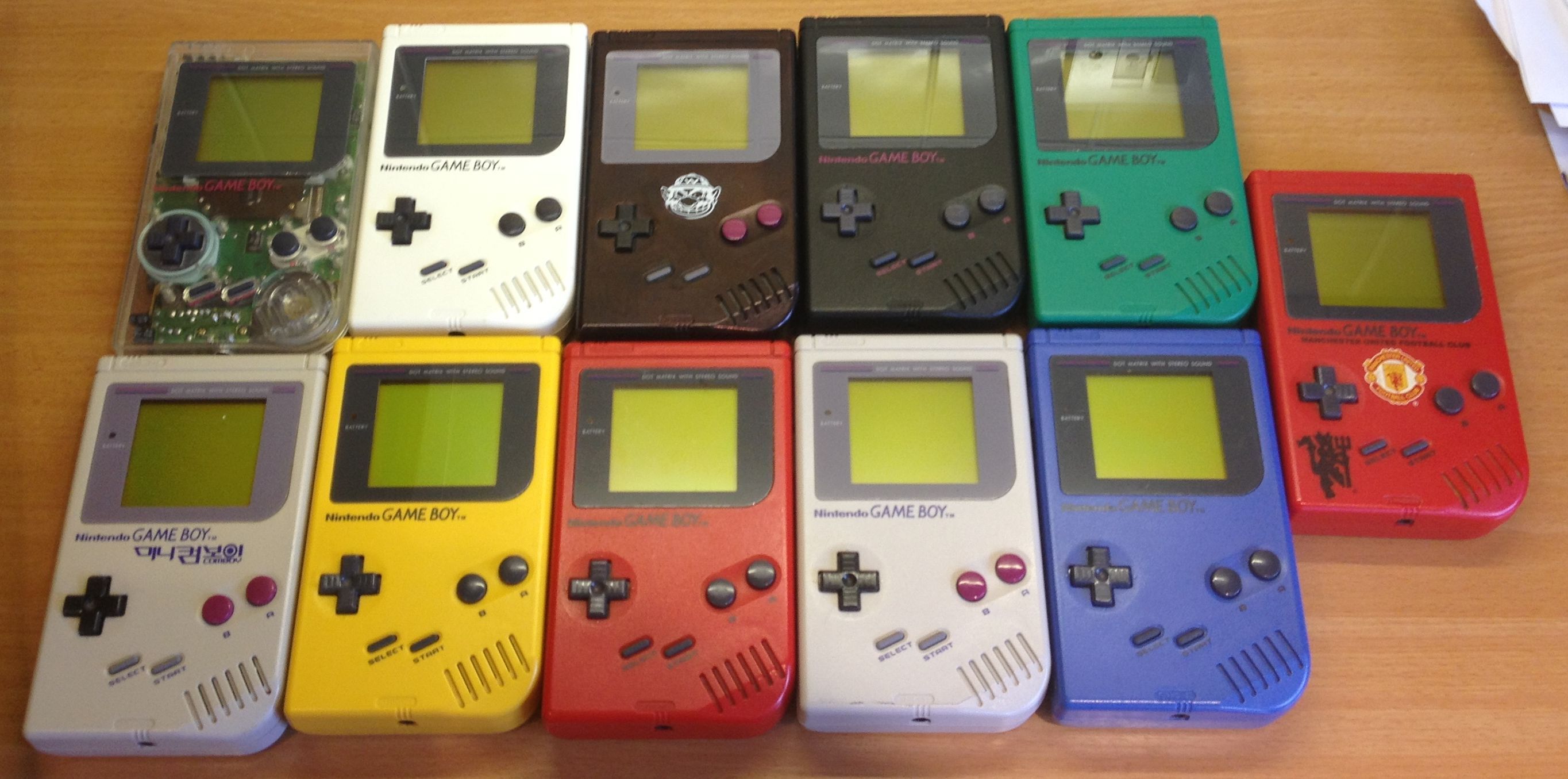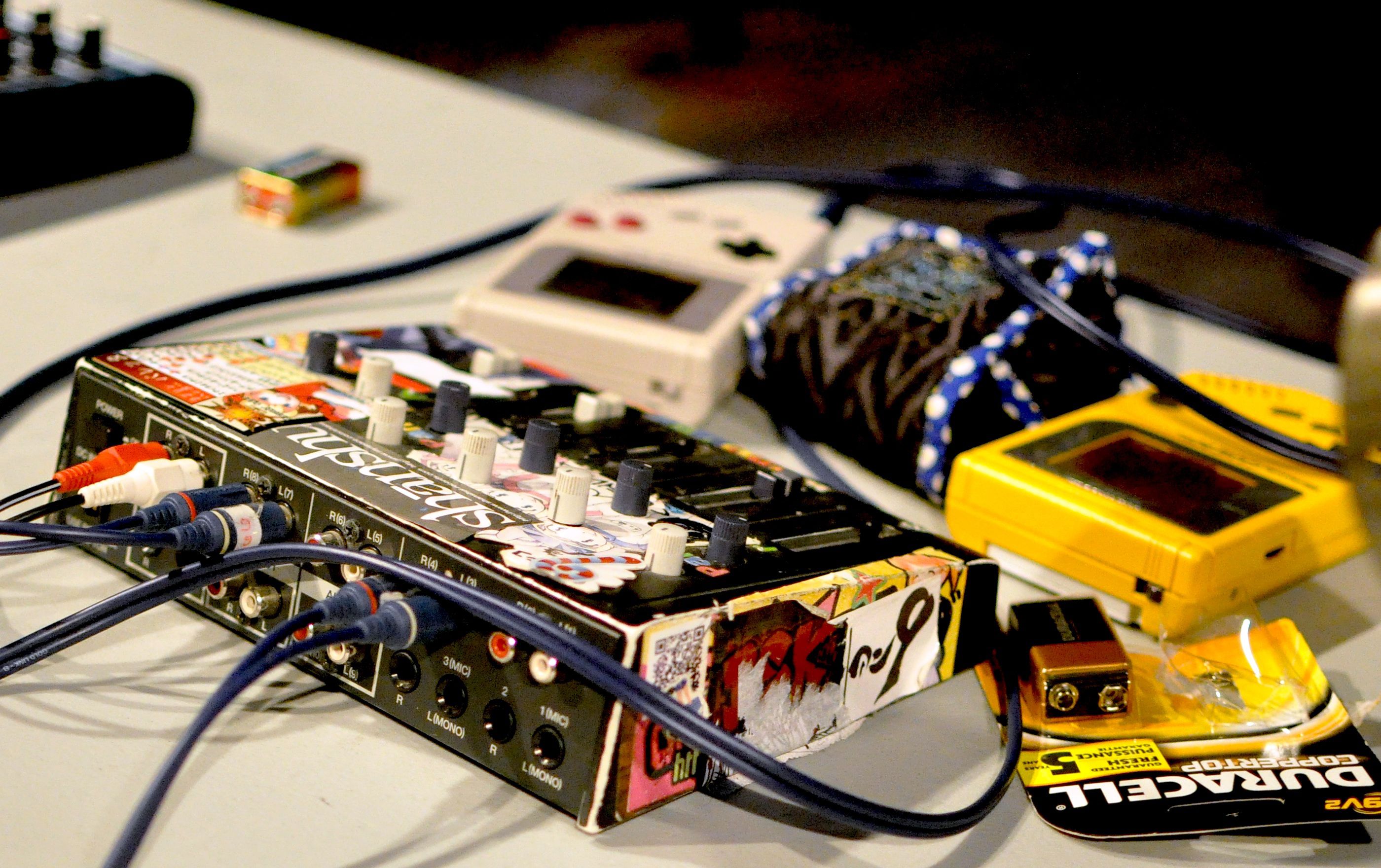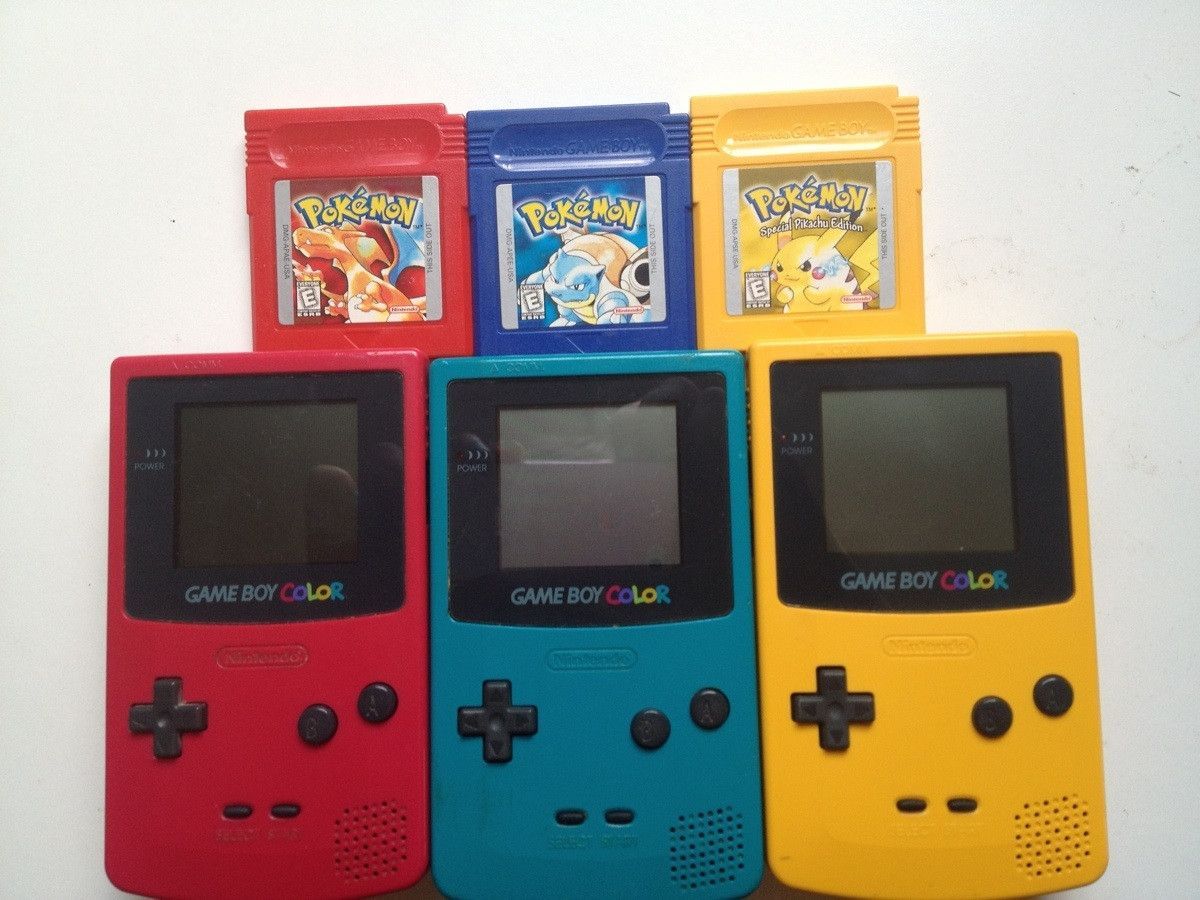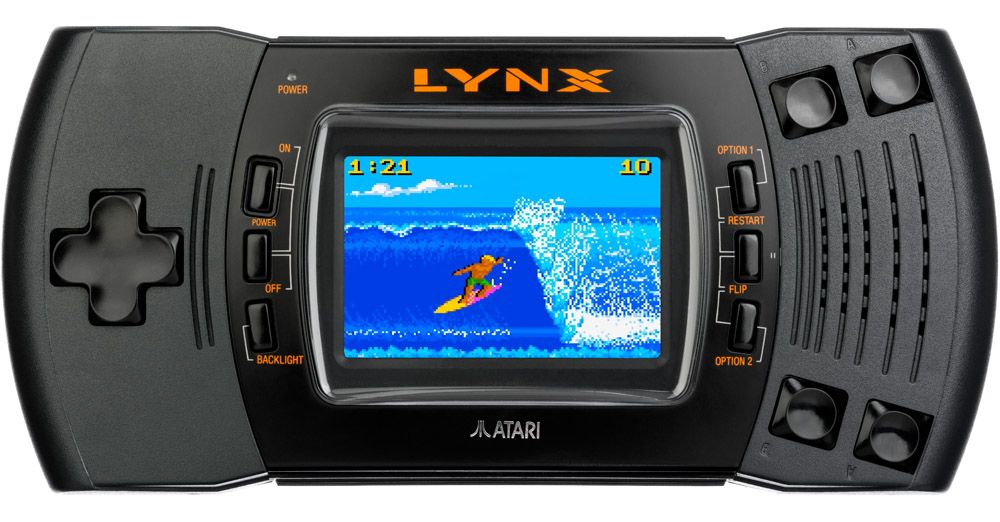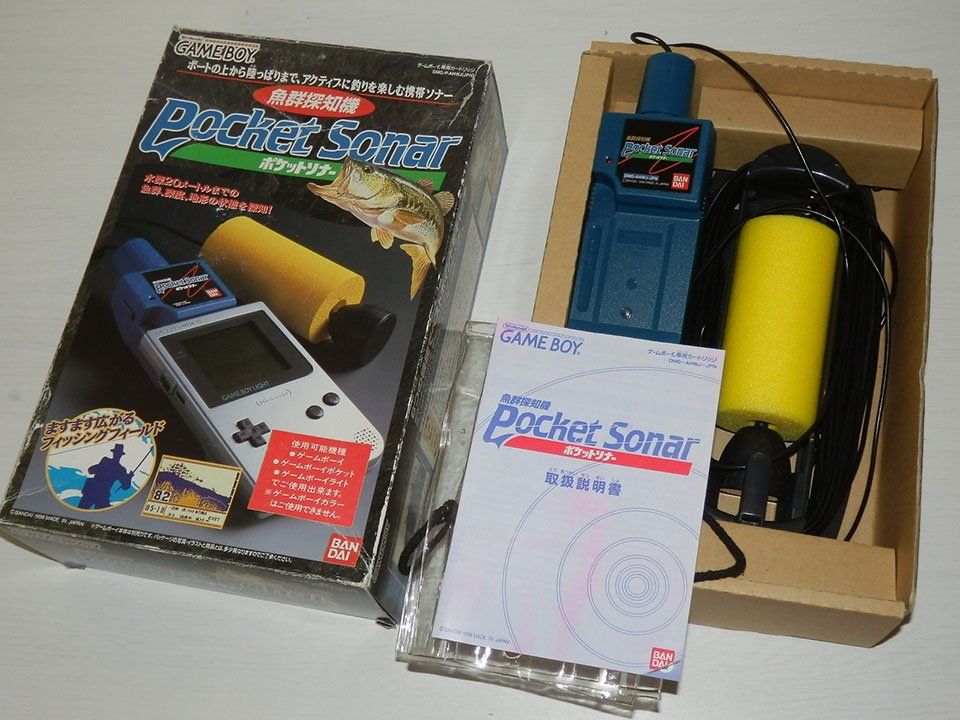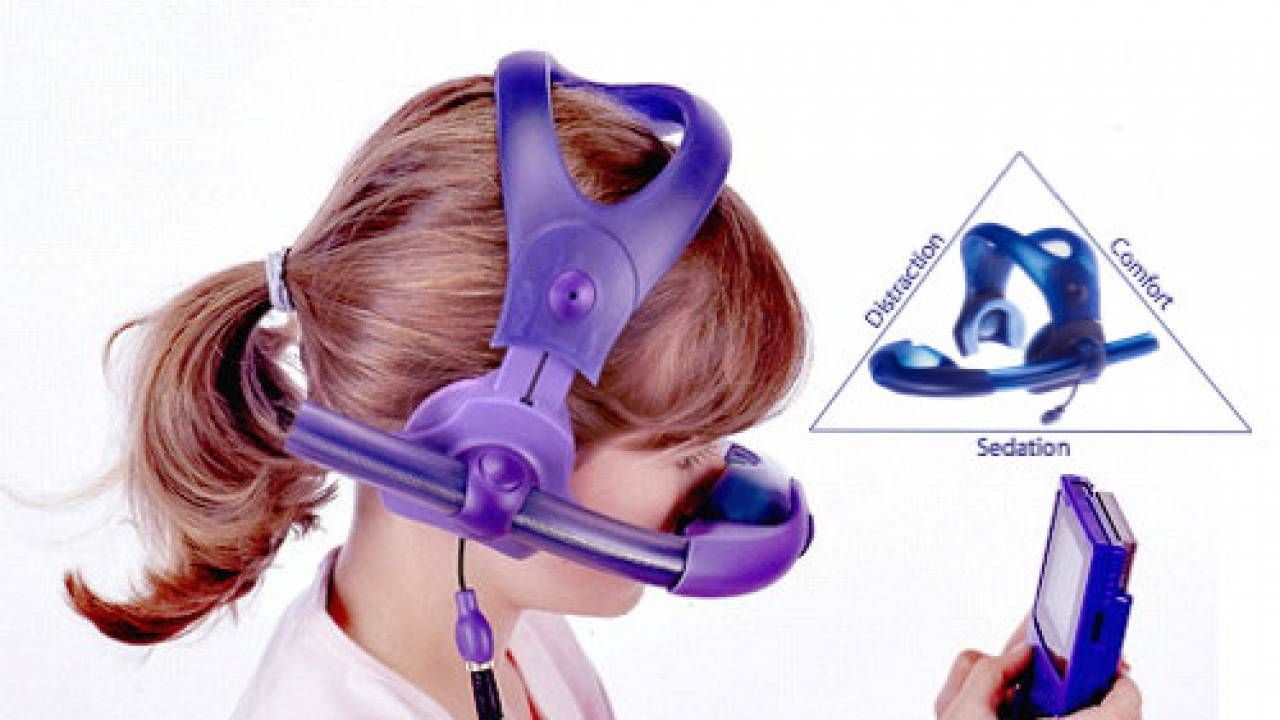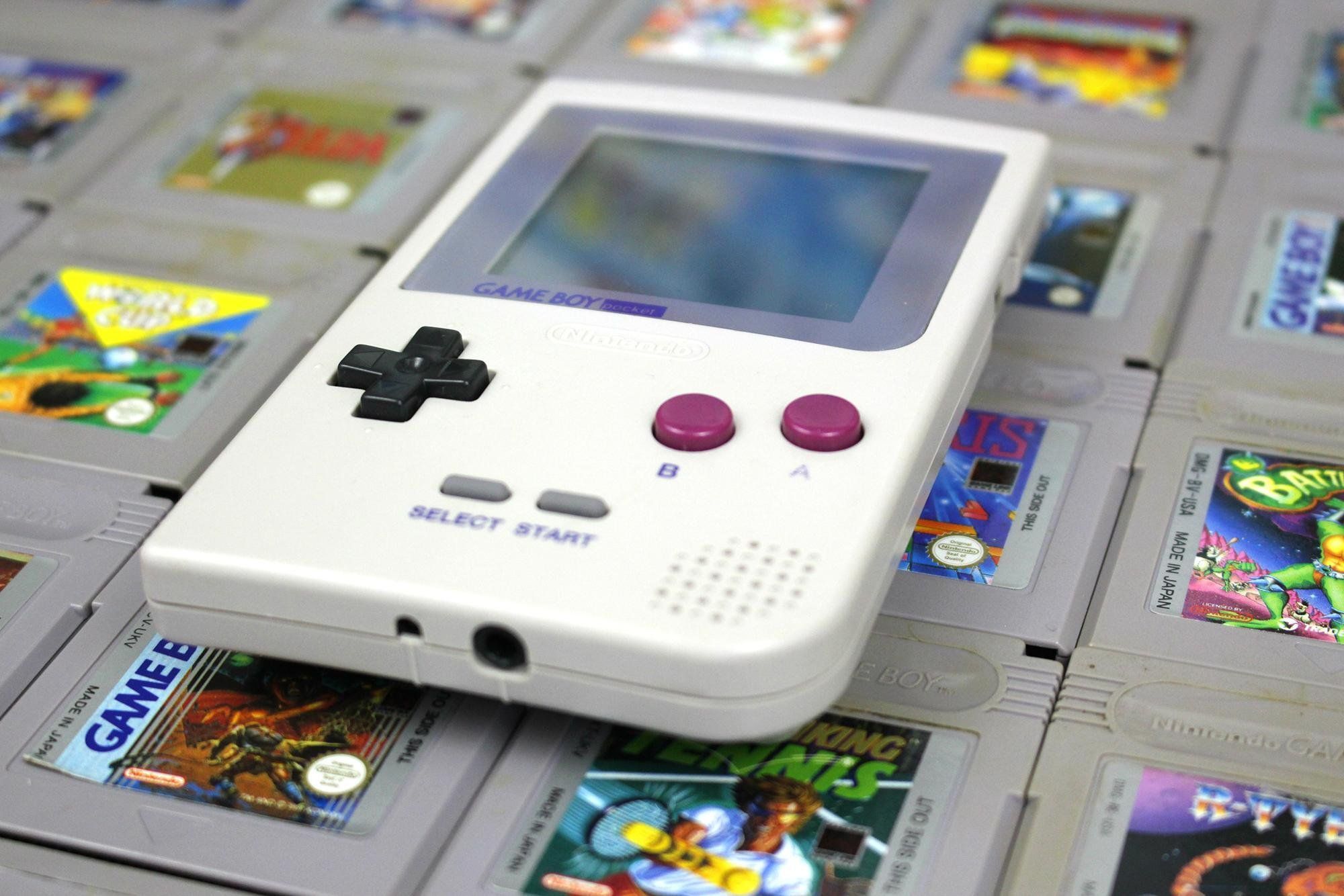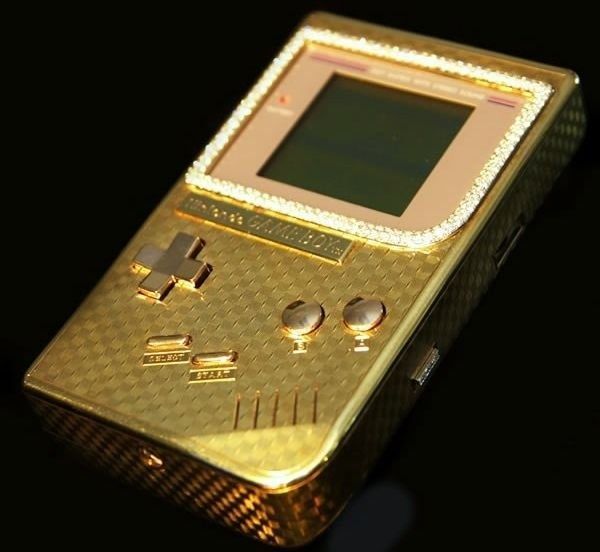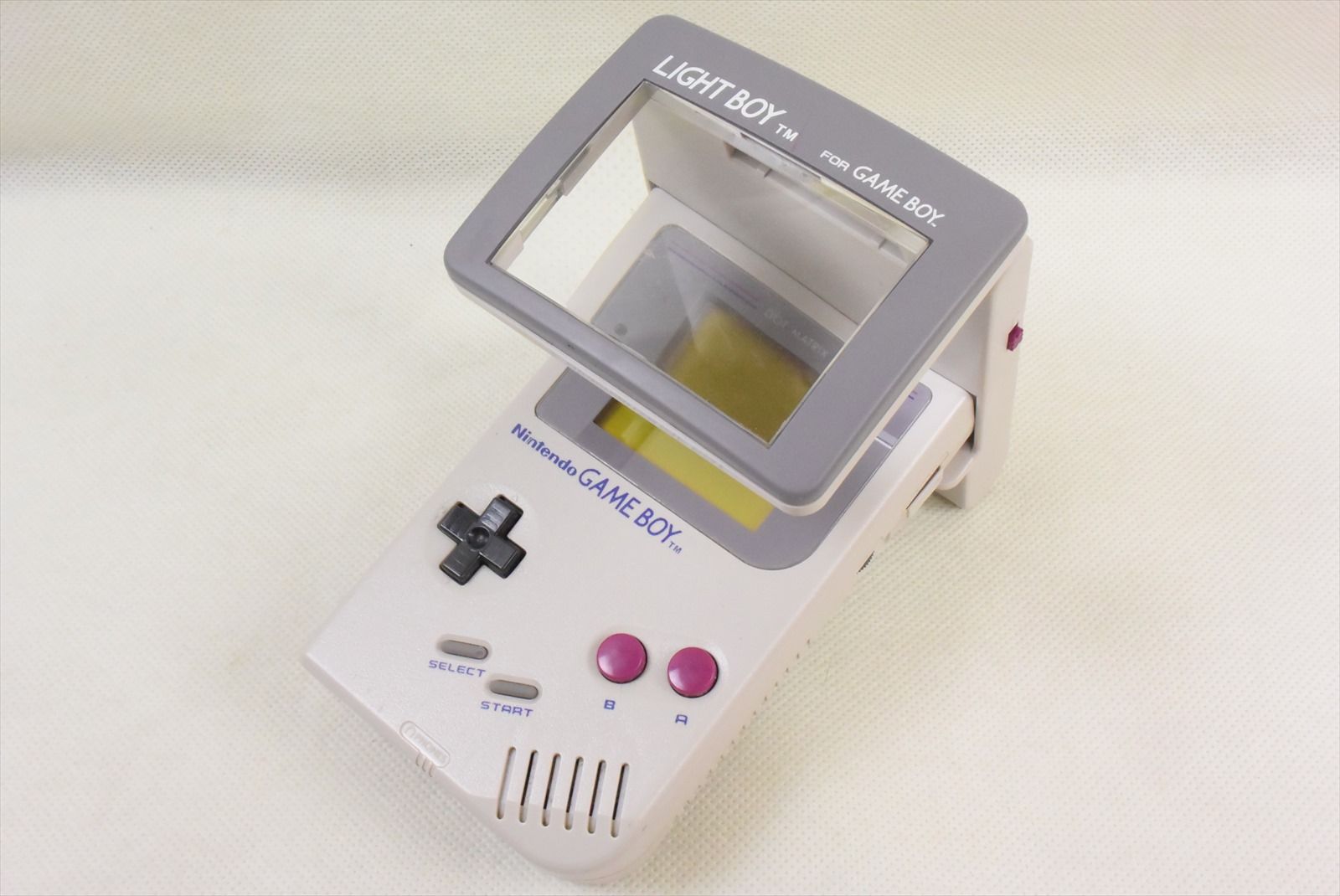Few gaming devices can be said to have created an entire separate sector of the industry. Nintendo's Game Boy is one of those few. It and its descendant devices reigned on the throne of handheld gaming basically until the rise of mobile games. But even with that competition, the Game Boy still holds a special place in the world of gaming and in the memories of many gamers. That grey brick, along with its pocket-sized and color capable variations, filled more long car rides and boring afternoons out than we could count. Even if we only used it to play Pokémon Red & Blue.
Like many of Nintendo's products, the Game Boy's simple exterior and interface belied a great versatility. The little device was capable of doing far more than just play games. Part of this was due to Game Boy designer Gunpei Yokoi's philosophy of "Lateral Thinking with Withered Technology", or using old technology in new ways. Because the Game Boy was built off of somewhat outdated tech, it was adaptable in ways more advanced devices couldn't be. This led to a proliferation of oddball accessories, modifications, and attempts to turn the humble Game Boy into something resembling a modern smartphone.
Things got weird at times. But such is life for Nintendo's most famous handheld. The Game Boy went through many changes and experiences during its production life. These are just a few of the more interesting examples. Here are 27 Things Only Superfans Knew The Original Game Boy Could Do.
26 Survive An Explosion
90s kids will attest to the Game Boy's ability to relieve the boredom of long waits. But it wasn't just kids at the dentist who appreciated the handheld for that, soldiers did too. Many brought Game Boys with them during the Gulf War. One soldier left his behind when his barracks got bombed.
Everything was destroyed except his Game Boy.
The plastic front was melted, but the hardware itself was undamaged. In fact, it still works to this day. Nintendo has the Gulf War Game Boy on display at their store in New York City, playing a Tetris demo.
25 (Almost) Be A PDA
Today's productivity apps are ubiquitous in the office, but back in the 90s, you needed a PDA (personal digital assistant) for that stuff. Some darn fool thought the Game Boy was perfect for such a device.
Enter the Work Boy.
Produced by a company called Fabtek, the Work Boy was a weird peripheral aimed at turning the handheld into an office tool. It came with a keyboard, along with software for a clock, day planner, and currency converter. The Work Boy was never released and that's for the best. At $80, it would have cost as much as a Game Boy.
24 It Could Take Pictures
The Game Boy Camera is one of the handheld's more notorious accessories, but it was actually ahead of its time. Back in 1999, it held the world record for the world's smallest digital camera. You could also claim that it invented the selfie, allowing users to snap pics of themselves and then customize them with silly hats and glasses. So it also invented the Snapchat filter. While the picture quality left something to be desired, some artists liked its abstract grainy quality. Musician Neil Young even used a Game Boy Camera photo for the cover of his album Silver & Gold.
23 It (Somehow) Worked With A Sewing Machine
Why so many people tried to make the Game Boy do things other than play games, we can't say. But everyone seems to have tried. Even the Singer sewing machine company got in on the action. They released the Izek in 2000 as a kid's first sewing machine. The Izek came with a Game Boy and cable that let you control it through the handheld. There were up to 80 patterns you could make and the machine could embroider letters and messages too. While the Izek didn't make much impact stateside, a Japanese version did better and even had a Mario embroidery pack.
22 You Could Play It On Super Nintendo
Despite being the premier handheld, many people wanted to play their Game Boy games on their TVs. Nintendo was happy to oblige. They released the Super Game Boy peripheral in 1994 to let people play Game Boy games on their Super Nintendos.
The Super Game Boy was no ordinary adapter though.
The SNES couldn't emulate the Game Boy's hardware properly, so the Super Game Boy had most of the same components as an actual Game Boy. The SNES mostly just added some extra color, better sound, and easier multiplayer. Nintendo would do something similar on the GameCube.
21 Multiplayer Was Real (Also A Bit Complicated)
Though it was mostly used by solo gamers, the Game Boy was built with multiplayer in mind. Indeed, when the handheld was first released a Link Cable was made available for people to play 2-player Tetris. Nintendo would later take it even further. An adaptor was released that let players hook up four Game Boys at once to play each other at games like F-1 Race and Yoshi's Cookie. But the craziest Game Boy multiplayer experience was the FPS Faceball 2000. With the right number of cables and adaptors, it could run games with up to 16 players. For the 90s, that's crazy.
20 It Had The Only Two Mario Games Without Bowser
All of Nintendo's classic franchises would make their way onto the Game Boy, but Mario's portables were different. While still platformers, the Super Mario Land games diverged from the usual Mario story formula.
Neither of the games has Bowser as the main villain.
He doesn't even appear. In the first Super Mario Land, Mario is rescuing Princess Daisy, not Peach, from the villainous alien Tatanga. And Super Mario Land 2 doesn't have a stolen princess at all. That game is about Mario getting some magic coins back from Wario in his first appearance. He and Daisy both debuted on the Game Boy.
19 Play FM Radio
It's understandable to want to jam out to some tunes while gaming, but your options were limited back in the day. The Boom Box Boy accessory for Game Boy looked to change that. After plugging it into your handheld, it would tune into a local radio station and you could listen through the speaker or the attached headphones. The Boom Box Boy left a lot to be desired though. There was no way to tune to a specific station and it was always too loud. Worse, it covered the volume control when plugged in. Neat idea, but pretty awful execution.
18 Be Played On Playstation (Sort Of)
We don't have to tell you that Nintendo and Sony are big rivals in the gaming world. They'd never make their systems cross-compatible. Luckily, third-party developers don't have to worry about that and can let us play Pokémon on PS1. Back in the late 90s, something called the "Gold Finger" was released. Though meant to play import titles, some versions had cartridge slots for Game Boy games. The device also had codes and cheats on it for less noble gamers. Info on the Gold Finger is scarce, but it must have been cool for those who had one.
17 Have An Amazing Battery Life
Battery life is extremely important for a portable device. Anybody who runs around with a charger everywhere they go will tell you that. When it came to the original Game Boy, that wouldn't be an issue. Four AA batteries would get you up to thirty hours of playtime. That's pretty good even compared to some of today's devices. The Game Boy was able to pull off that amazing battery life because the hardware itself didn't require much power. Without a backlight and with a screen only able to display four shades of gray, the system had pretty minimal needs.
16 Be Popular With Girl Gamers (Despite Its Name)
The popular image of gamers is still mostly that of boys and men. Video games were marketed as boy's toys back in the day. But girls and women have always been gamers too and the Game Boy was one of the first systems to realize that.
In 1995, Nintendo discovered that 46 percent of all Game Boy users were female.
That was way better than the 26 percent the NES had. Nintendo has kept this fact in mind ever since and female gamers are making up more of the gaming audience. A 2014 study found 54 percent of all gamers were female.
15 Can Be Used As A Musical Instrument
Chiptune is a relatively new musical genre. Inspired by the video game soundtracks of the 8 and 16-bit eras, it looks to recreate that signature electronic pixelated sound. Of course, that's not something you can replicate with drums or a guitar, so chiptune musicians use Game Boys instead. Entire cartridges of software have been created to help get the best sounds and notes out of the handhelds. Little Sound DJ (or LSDJ) and Nanoloop are among the most popular. If you're interested, there are plenty of tutorials online showing people how to mod their Game Boys and make music themselves.
14 Inspire The Creation Of Pokémon
Pokémon was a massive phenomenon when it hit the Game Boy in 1998. The mega-popular monster-catching RPG seemed like it was made for the handheld. And in some ways, it was. Pokémon designer Satoshi Tajiri liked how the Game Boy Link Cable connected two of the consoles together.
He imagined monsters running through the cable between them.
Combining this idea with his childhood love of insect collecting, Tajiri created the first two Pokémon games. He even made sure to incorporate the Link Cable into gameplay. Trading with other players with it was the only way to, uh, catch them all.
13 Outsell Its Competition Despite Having Worse Graphics
Graphics were never the Game Boy's strong suit, even back in the day. Its main competition, the Atari Lynx and the Sega Game Gear both had better graphics. Both were in color too. Despite this, the Game Boy managed to outsell them both. This was for a number of reasons. First of all, it was just cheaper. A new Game Boy cost $89.99 whereas the Atari Lynx retailed at $179.99. Second, the simpler graphics gave the Game Boy a much longer battery life. And lastly, it just had more games including hits like Tetris and Pokémon. Looking good ain't everything.
12 Outclass The NES
Gunpei Yokoi's philosophy of "Lateral Thinking with Withered Technology" had a lot of merit to it. By using technology they'd already developed and understood when making the Game Boy, Nintendo was able to make it cost effective and reliable. But just because you're working with old technology, doesn't mean you can't improve it. The Game Boy was built off much of the same tech as the NES, but outclassed its older console brother. The handheld was twice as fast despite both systems using 8-bit processors, and the Game Boy had four times as much memory. The lack of color helped.
11 Help You Fish
Something about the Game Boy made it a breeding ground for weird and wacky peripherals. Maybe it was the ubiquity and portability, who knows? But one of the strangest peripherals, without a doubt, was the Pocket Sonar. Made by Bandai in 1998, the Pocket Sonar was a fishing accessory that turned the Game Boy into a radar. The foam buoy worked for depths of up to 65 feet. A few mini-games were also included, but the Pocket Sonar was really meant as a fishing tool, not a game. Having never been released outside Japan, we don't know how well it really worked.
10 Help Doctors
Leave it to the Game Boy to have accessories made for it after the system ceases production. And such a bizarre accessory too. In 2009, a medical company unveiled the PediSedate as a device to help administer anesthesia. Essentially a nasal headset attached to a Game Boy, the handheld helped distract people. It's actually a clever idea. What better way to put someone at ease for upcoming surgery than with video games? It's unclear if the PediSedate was ever released after its announcement in 2009. Maybe they couldn't find enough Game Boys?
9 It Could Be A TV Remote
We wish more video game adaptations were as innovative as Mission: Impossible for Game Boy. Based on the Tom Cruise movie series, the actual game itself is nothing to write home about. But it's in the bonus features that the game gets really cool. Those features basically turned your Game Boy into a classic spy gadget. You can send texts to other players, save addresses, and calculate numbers. But the coolest feature is programming your handheld to your TV as a remote. It works too, scanning through channels and controlling the volume. That theme song is in your head now.
8 Get Blinged Out
The original Game Boy is pretty humble in the looks department. It was basically a grey brick. Some color got added with the Game Boy Pocket and Game Boy Color models, but in 2006 someone crafted a Game Boy worthy of an Egyptian Pharaoh's tomb.
That someone was the Aspreys of London company.
They plated an original Gameboy in 18 karat gold and placed a border of diamonds around the screen. In a testament to Nintendo's quality, the Game Boy still worked after that. The blinged out Game Boy later sold at auction for US$25,000. Normal Game Boys are about $25 on eBay.
7 Not Work In The Dark
Yeah, if the original Game Boy had one huge mark against it, not being able to play in the dark was it. Granted, the lack of a backlit screen did help with the handheld's great battery life so it's a trade-off. Still, it was annoying. The lack of lightning did open up a huge market for peripherals. There were many light accessories gamers could snap on to their Game Boys. Some even had magnifying glasses to make the screen bigger too. Nintendo did make a backlit Game Boy, the Game Boy Light, but it was only released in Japan.

